The history of quad skates and inline skates
Roller skates have been part of the childhood of many generations. Boys and girls all over the world have been rollerblading since childhood, and the hobby gathers young and old, in parks, promenades and even trick and jumping competitions. But what is the history of roller skates, how have they evolved over the years, and what other interesting facts does their past reveal to us? Let's travel back in time to find out.
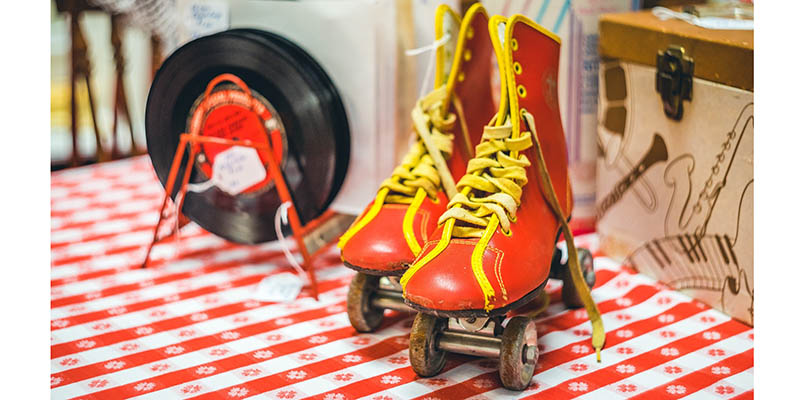
The beginning of roller skates
For the appearance of the first roller skates, we have to go back 3 centuries, to the distant 1760. The British inventor of Belgian origin - John Joseph Merlin created a primitive form of roller skates, which are small metal wheels attached to shoes. More than half a century later, the first roller skates appeared on the stage of the Berlin Ballet.
The official start of rollerblading was recorded in 1819 in Paris. Then, M. Petitbelt patented roller skates, representing a row of wheels, approaching their current form, which we know (with 2 to 6 wheels). The difference, however, is that Petitbeld's rollers are extremely difficult to maneuver and allow mostly straight-line movement.
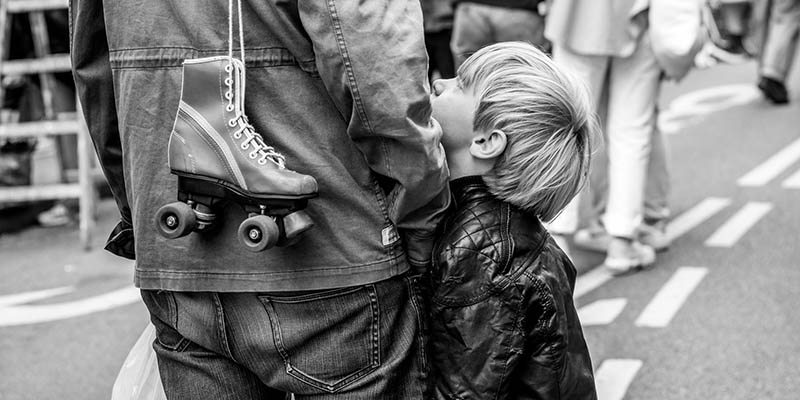
Rollerblading experienced a revolution in 1863, when James Plimpton invented the quad skates - characterized by a shoe with 4 wheels arranged in parallel 2 x 2. This mechanism facilitates the rider, giving extra stability and control over movement. It was these roller skates that began to dominate the industry in the early years of the sport.
In the 1980s, mass production of quad skates gained momentum in the United States. Thousands of roller skates are produced weekly by a company in Indiana. The first models with adjustable wheel tension screw also appeared. It is obvious that roller skates are on the rise, and their evolution over the coming decades will continue.
To go with the flow
The first public roller skating park opened in 1902 at the Coliseum Chicago. More than 7,000 skaters attended the opening night. Sport is already in the hearts and souls of Americans.
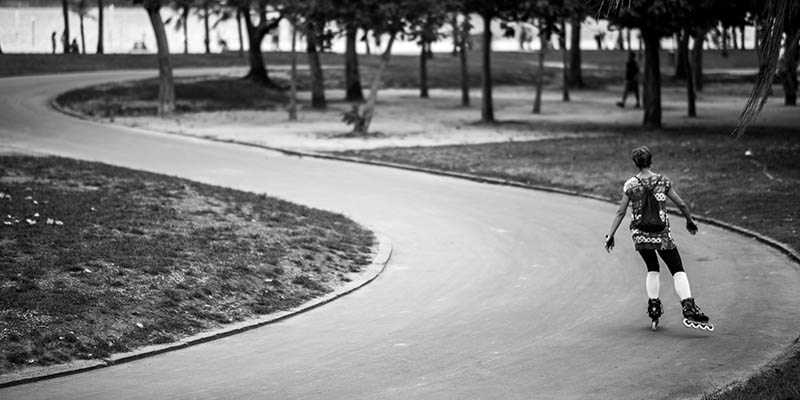
A few decades later, the so-called "golden age of roller skating" began. In 1937, the Association of Roller Skate Owners was established. In the 1940s, more than 5,000 roller skates and parks were discovered, and 18 million Americans practiced the sport. Roller skates are said to have served as a major means of reducing stress during World War II. A number of new organizations and clubs for the development of sports are emerging.
Roller skates conquer the world
Although rooted in Europe, rollerbladers enjoyed a massive boom, mostly in the United States in the first half of the 20th century. This gradually began to change in the 60's, as different models of roller skates began to be produced in the USSR and Germany. Euba in Germany starts mass production and distribution. Also a popular Russian film from 1962 for the first time shows a man on roller skates. The East German film "Dancing Shoes", made in 1977, also features roller skates with special attention.
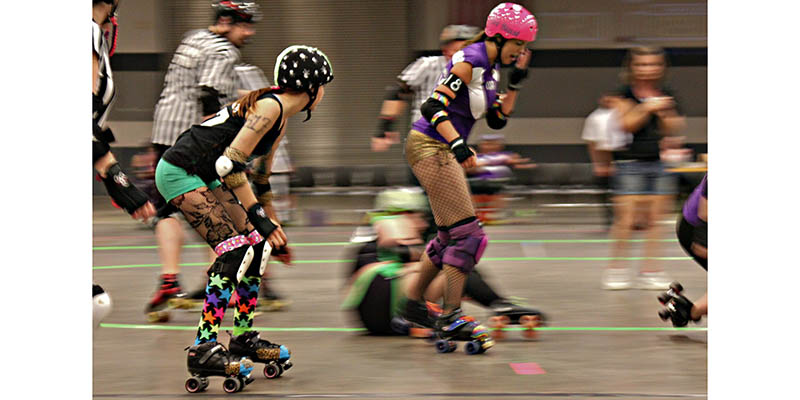
In 1966, triple roller skates (with 3 triangular wheels) were developed in England. They quickly conquered the market in the Netherlands and other northern European countries, selling over 100,000 pairs. The practice of using Russian athletes preparing for winter Olympics to use roller skates for dry training during the warm months of the year has also begun.
However, a new impetus for the roller skating industry is once again based in the United States. Brothers Scott and Brennan Olson of Minnesota see the potential for a new sport of rollerblading, borrowed from ice hockey - namely roller hockey. They modeled the design of their skates on that of ice hockey skates, and started their own company. In the 1970s, inline skates became a hit, and popular soft drink companies began to set the trend by using inline skates in their ads in both the United States and Canada.
Fashion and music - roller skates are culture
In the 80's of the last century, roller skates entered pop culture en masse. They are becoming a form of expression and remain their handwriting on a generation of young Americans. They began appearing in Hollywood movies, hip-hop videos, commercials, and billboards. Choreography is becoming more complex and different styles of rollerblading and dancing are being built.
In the 90's, roller skates were included in the popular X Games - competitions for extreme sports and tricks. Over the next few years, rollerblading disciplines outnumbered even skateboards and bicycles, something unexpected and unpredictable even for the organizers themselves. Variations in other sports, such as basketball and ice skating, are also emerging.
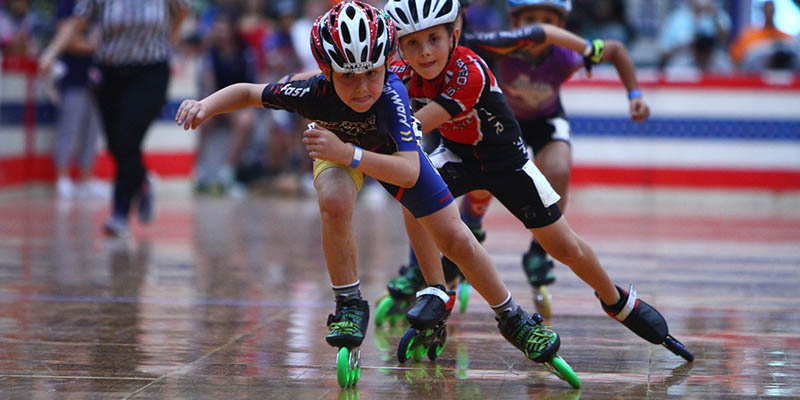
Roller skates also conquered hipster culture in the 90s and the beginning of the new century. The main attraction is California, with its long promenades and year-round warm weather. Families with children, teenagers, beautiful young girls in shorts and tank tops, ageless glares fleeing the conventional, people of different races and ethnicities - roller skates are becoming a real trend and sub-culture.
Like any other fashion, roller skates need to change and upgrade. To this end, various forms and disciplines have emerged over the last two decades. You've probably seen someone line up a number of cones in the park and maneuver with a slalom around them. Another impressive form of roller blade is the performance of jumps on the ramp, as well as on various routes, including stairs, railings and rails.
Temporary out of fashion?
After the boom of roller skates in the 80s and 90s of the last century, there was a sharp decline. Roller skate sales fell by more than 35% in 2002. By 2010, 64% fewer people practiced the sport than in 2000. It is difficult to say what caused this decline. With the rise of modern technology and forms of entertainment, fewer young people are interested in rollerblading. Video game centers have replaced open parks, and the line between old and young bladers has broken.
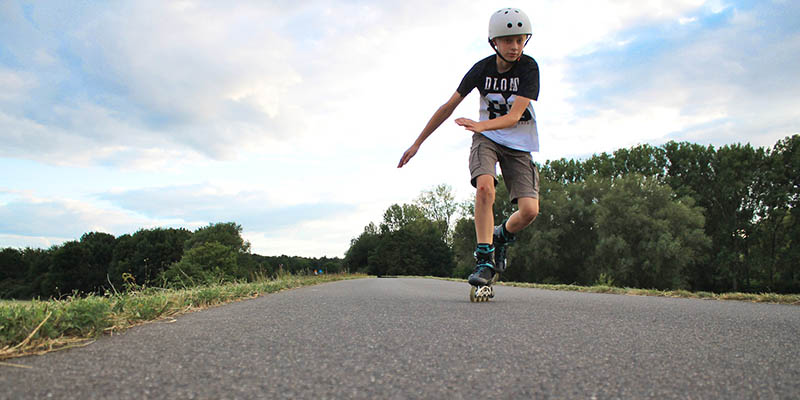
However, both any fashion and roller skates can hope for a renaissance in the near future. More and more people feel suffocated by the speed of daily life and social networks. It is this thirst for a return to nature and the open sky that can give the rollers the necessary impetus to return. And what are you waiting for?
Photo credit: Pixabay, Unsplash

 HUSKY DAYS
HUSKY DAYS